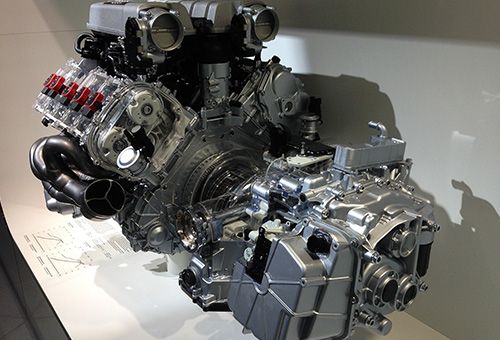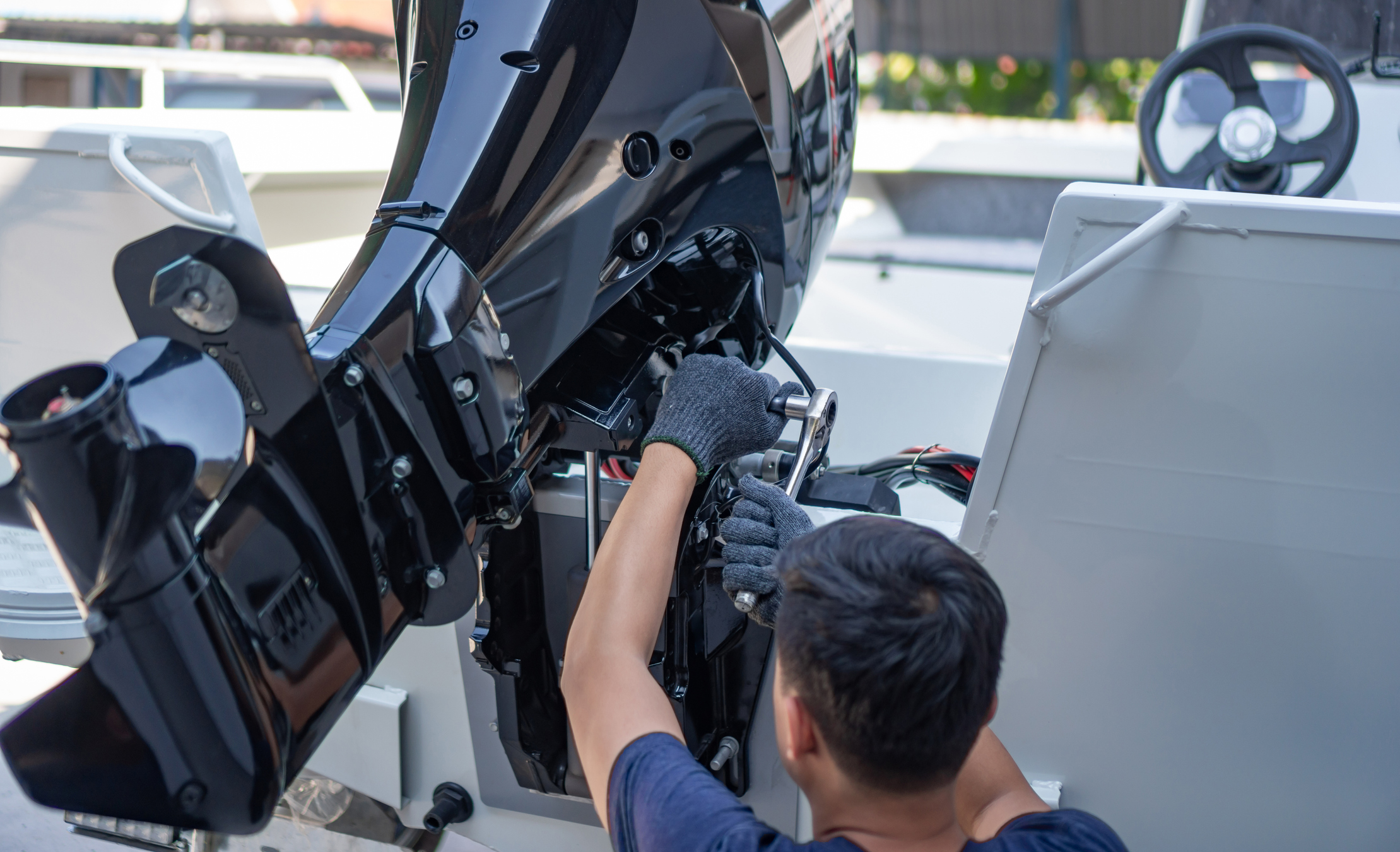Find Reliable Used Engines for Sale at Affordable Rates Near You
Find Reliable Used Engines for Sale at Affordable Rates Near You
Blog Article
Essential Factors To Consider for Making Sure Quality and Durability in Used Engines
When thinking about the acquisition of a used engine, guaranteeing its top quality and long life requires a multifaceted strategy. Maintenance history is an essential factor, as it provides insight right into the engine's past care and possible future reliability. Beyond paperwork, a detailed examination of physical parts-- such as belts, hose pipes, and seals-- can reveal covert issues. Performance screening is also critical, offering a photo of the engine's operational performance. Understanding the nuances of these analyses and their effects can be complicated. What are the key approaches that can be utilized to navigate this detailed analysis process properly?
Engine History Examination
In the realm of used engines, a detailed engine history evaluation is paramount to guaranteeing quality and integrity. Recognizing an engine's past can supply important understandings into its efficiency abilities and possible future long life. A careful background testimonial includes several key aspects that play a substantial role in evaluating an engine's condition. Firstly, upkeep documents are essential. Normal maintenance, consisting of oil modifications, filter replacements, and set up tune-ups, show that the engine has actually been well-cared-for, decreasing the chance of unpredicted failures.
Engines that have gone through significant fixings might have underlying issues that could resurface. Checking out the engine's gas mileage can serve as an indication of wear and tear. An engine made use of largely for long-distance highway driving might be in much better condition than one subjected to constant stop-and-go city web traffic.
In essence, an extensive investigation into an engine's history is important for making educated buying choices. used engines for sale.
Comprehensive Inspection Guide
While comprehending an engine's background provides valuable context, a comprehensive evaluation is the next action to ensure its present condition aligns with historical data. The examination ought to begin with an aesthetic evaluation, checking for signs of leakages, corrosion, and unusual wear. Inspect the exterior for oil stains or coolant marks, which might suggest underlying problems.
Following, assess the engine's placing system for any kind of loosened screws or irregularities that might impact efficiency. Pay close attention to the condition of belts and hoses, as these parts are crucial for ideal engine functionality. Check out for cracks, fraying, or any kind of indicators of wear and tear.

Identifying Damage
Recognizing indicators of wear and tear is important for examining a used engine's longevity and dependability. It involves a thorough evaluation of different engine elements to identify their present state and possible future efficiency. Typical indications include noticeable rust, which can influence steel components and jeopardize architectural integrity. Rust on or around the engine block, cylinder heads, and exhaust manifolds is especially concerning.
One more vital facet is checking the engine's seals and gaskets. These elements are necessary for maintaining correct pressure and stopping liquid leakages. Evidence of oil leaks or used gaskets usually recommends deterioration, possibly leading to extra severe problems if not dealt with without delay. Additionally, irregular noises throughout engine procedure, such as knocking or ticking audios, may indicate internal damages or excessive wear on relocating parts like pistons or bearings.
The problem of belts and tubes is equally crucial, as they play an essential function in the engine's general feature. Cracked or torn belts and brittle hose pipes are indications of maturing that could cause engine failure if overlooked. Lastly, examining the oil condition and filter can provide insights right into previous upkeep methods, as filthy oil or stopped up filters suggest linked here neglect and increased wear.
Efficiency Testing Essentials
Assessing the damage of engine components establishes the stage for a comprehensive analysis through performance testing. Efficiency testing acts as a crucial measure in identifying the functional integrity of a used engine. By mimicing real-world conditions, it examines the engine's capacity to provide power effectively and dependably. Key metrics consist of horsepower, torque, gas performance, and discharges levels. This data provides valuable insights into the engine's present efficiency and helps identify prospective concerns that may not be immediately visible.
Utilizing dynamometers is a common technique in performance testing. These gadgets determine the engine's output across different problems, offering a comprehensive account of its capability. Furthermore, on-road screening enhances dynamometer evaluations by observing engine actions under normal driving circumstances, ensuring it meets the called for standards for both safety and security and performance.
Advanced diagnostic devices even more enhance the ability to determine underlying concerns. These tools evaluate engine management systems, determining faults in electronic elements that could impact performance. Comprehensive screening not just verifies the engine's functional status but also aids in projecting future maintenance requirements. This guarantees the made use of engine can provide reliable performance over a prolonged duration, thus maximizing its value and service life.
Maintenance and Care Tips
Appropriate upkeep and care are essential to extending the lifespan of a made use of engine and guaranteeing its regular efficiency. Regular oil adjustments are extremely important; utilizing the manufacturer's advised oil kind and grade can protect against excessive wear and tear. In addition, oil filters need to be replaced concurrently to preserve try here optimum lubrication and tidiness within the engine.
Keeping an eye on liquid levels, including coolant, top article transmission liquid, and brake fluid, is crucial. Guaranteeing these fluids are at suitable degrees assists prevent overheating and other mechanical issues. Evaluating belts and tubes for indications of wear, such as fractures or fraying, can avoid prospective failures that might result in costly repairs.
Routine inspection of the air filter is likewise necessary, as a clean filter ensures efficient air movement and combustion, thereby optimizing engine performance. Ignition system should be inspected and replaced when required to preserve efficient fuel burning and prevent engine misfires.
Lastly, regular diagnostic checks utilizing specialist tools can determine prospective problems before they become significant issues. By sticking to these maintenance and care pointers, made use of engine proprietors can guarantee their engines continue to be trustworthy, effective, and qualified of carrying out more than an extensive period.
Final Thought

Report this page